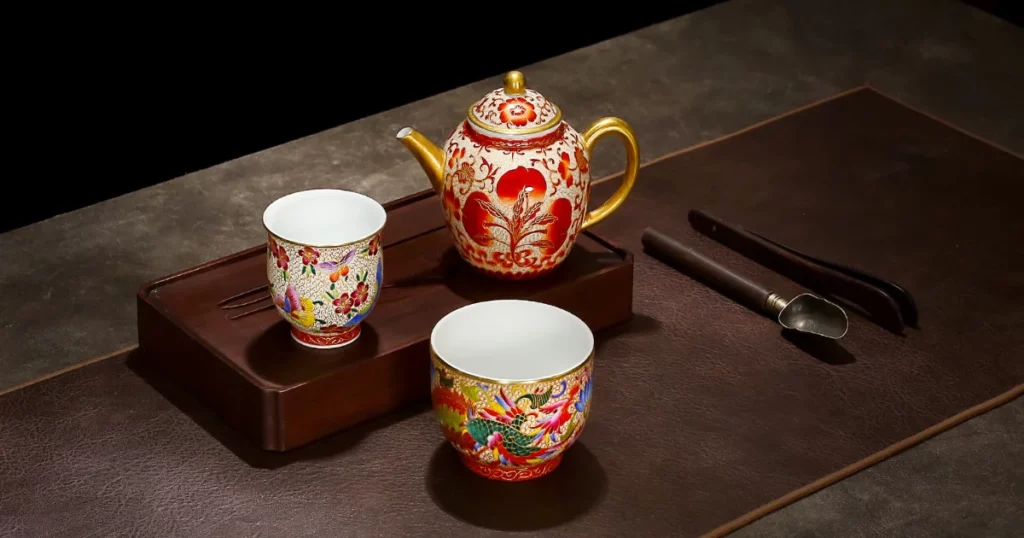No products in the cart.
Blog
Exploring Teacups – History, Types, Materials and Usages
Teacups, those delicate vessels that cradle the essence of tea, have a rich history, diverse types, and are crafted from an array of materials. Beyond their functional purpose, teacups embody cultural traditions, artistic expressions, and even personal rituals. In this comprehensive guide, we will delve into the captivating world of teacups, exploring their intriguing history, the myriad types available, the materials they’re made from, and the various ways they’re used and appreciated around the globe.
History of Teacups
Teacups trace their origins back to ancient China, where tea drinking first began over 4,000 years ago. Initially, tea was consumed in bowls, but during the Tang Dynasty (618–907 CE), the practice of using small, handleless cups emerged. These early cups were crafted from various materials, including porcelain, stoneware, and even precious metals.
With the spread of tea drinking to Japan, Korea, and eventually Europe, the design and style of teacups evolved to reflect each culture’s preferences and aesthetic sensibilities. In Japan, for instance, teacups became integral to the intricate tea ceremony, known as “chanoyu” or “sado,” where every element, from the cup to the utensils, holds symbolic significance.

During the Ming Dynasty (1368–1644 CE), Chinese porcelain teacups gained international acclaim for their exquisite craftsmanship and artistic designs. This sparked a global demand for Chinese tea wares, leading to the establishment of trade routes such as the Silk Road.
In Europe, teacups became fashionable among the elite during the 17th and 18th centuries, particularly in England, where tea-drinking became synonymous with social gatherings and afternoon tea rituals. English potteries began producing teacups in various styles, including delicate bone china cups adorned with intricate patterns and gilded accents.
As tea culture continued to spread worldwide, teacups evolved from mere vessels for drinking tea to objects of artistry and cultural significance. Today, teacups are cherished not only for their functionality but also for their beauty and symbolism.
Types of Teacups
Teacups come in a myriad of shapes, sizes, and styles, each designed to enhance the tea-drinking experience. Some of the most common types of teacups include:
Classic Porcelain Teacups
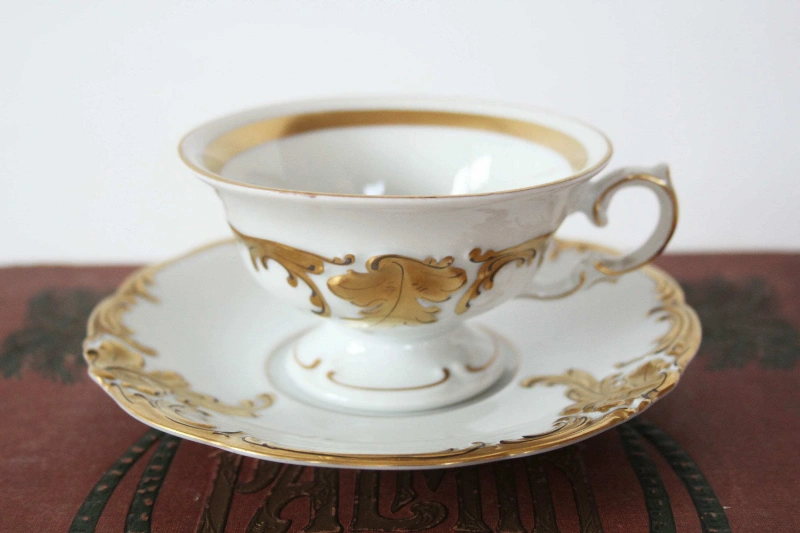
Characterized by their delicate appearance and smooth texture, porcelain teacups are a timeless choice for serving tea. They come in various shapes, from rounded to fluted, and are often adorned with intricate patterns or hand-painted designs.
Bone China Teacups
Known for their translucency and durability, bone china teacups are made from a blend of bone ash, clay, and feldspar. They are prized for their lightweight feel and ability to retain heat, making them ideal for enjoying hot tea.
Stoneware Teacups
Stoneware teacups are crafted from dense, durable clay fired at high temperatures, resulting in a chip-resistant finish. They come in earthy tones and rustic textures, adding a touch of warmth to the tea-drinking experience.
Glass Teacups
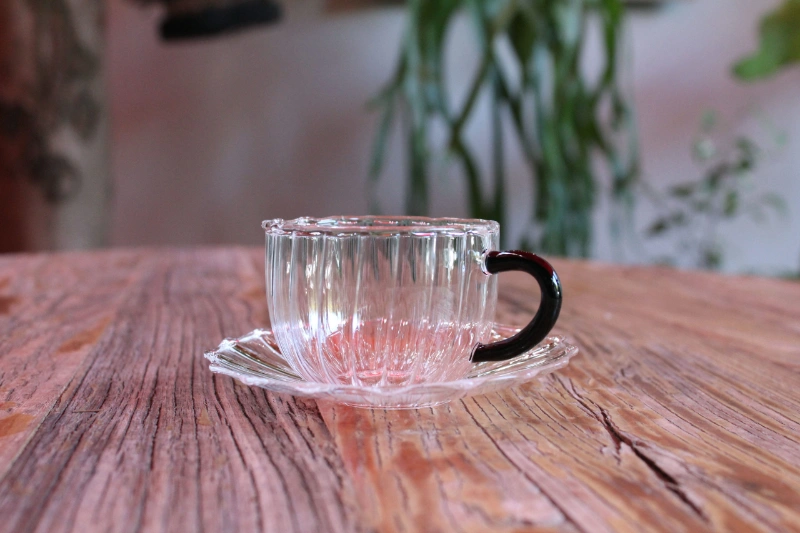
Glass teacups showcase the beauty of the tea’s color and clarity, allowing drinkers to admire the infusion process. They are often double-walled to insulate heat and prevent the cup from becoming too hot to handle.
Japanese Teacups (yunomi)
Traditional Japanese teacups, known as “yunomi,” are typically taller and wider than Chinese teacups, with a simple, understated design. They are often used for everyday tea drinking and are prized for their functionality and comfort.
Gaiwan
A traditional Chinese teacup consisting of a bowl with a lid and saucer, gaiwans are versatile vessels used for brewing and drinking tea. They are favored for their ability to showcase the tea leaves and control the steeping process.
Materials of Teacups
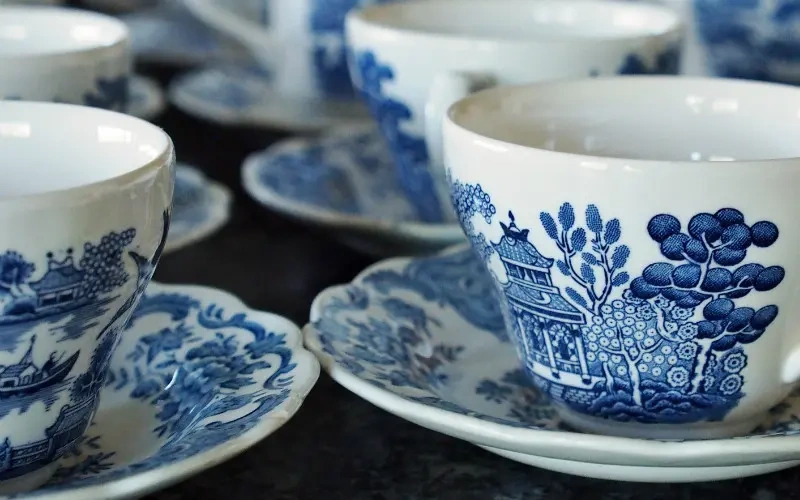
The material from which a teacup is made can significantly impact its appearance, functionality, and even the taste of the tea. Some common materials used in teacup production include:
Porcelain
Renowned for its delicate appearance and smooth texture, porcelain is a type of ceramic composed of kaolin clay fired at high temperatures. Porcelain teacups are prized for their ability to showcase intricate designs and retain heat.
Bone China
Made from a blend of bone ash, clay, and feldspar, bone china is renowned for its translucency, durability, and lightweight feel. Bone china teacups are prized for their elegance and ability to enhance the tea-drinking experience.
Stoneware
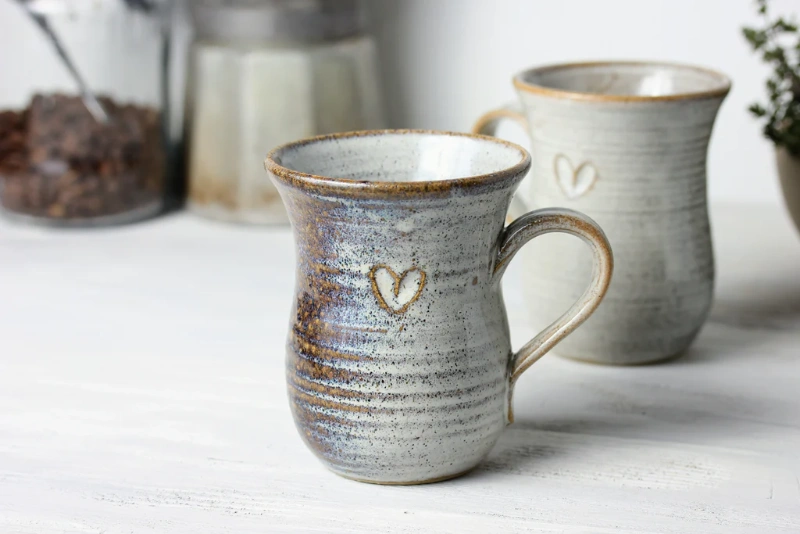
Crafted from dense, durable clay fired at high temperatures, stoneware is known for its chip-resistant finish and earthy texture. Stoneware teacups come in a variety of colors and are favored for their rustic charm.
Glass
Glass teacups offer a clear view of the tea’s color and clarity, allowing drinkers to appreciate the infusion process. Double-walled glass teacups are ideal for insulating heat and preventing the cup from becoming too hot to handle.
Ceramic
Ceramic teacups are versatile vessels that come in various shapes, sizes, and colors. They are prized for their durability and ability to retain heat, making them suitable for enjoying both hot and cold teas.
Wood
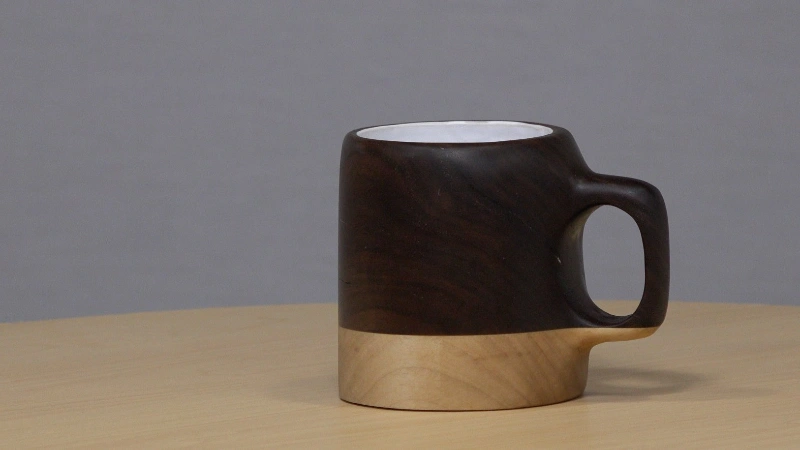
Wooden teacups, often carved from bamboo or other hardwoods, offer a unique aesthetic and natural feel. While not as common as other materials, wooden teacups are prized for their craftsmanship and eco-friendly appeal.
Usages of Teacups
Teacups serve as more than just vessels for holding tea; they play a vital role in the tea-drinking experience and are often imbued with personal significance. Some common usages of teacups include:
Tea Drinking
The primary function of teacups is, of course, for drinking tea. Whether sipping a calming cup of green tea or indulging in a decadent afternoon tea, teacups enhance the sensory experience of enjoying tea.
Tea Ceremonies
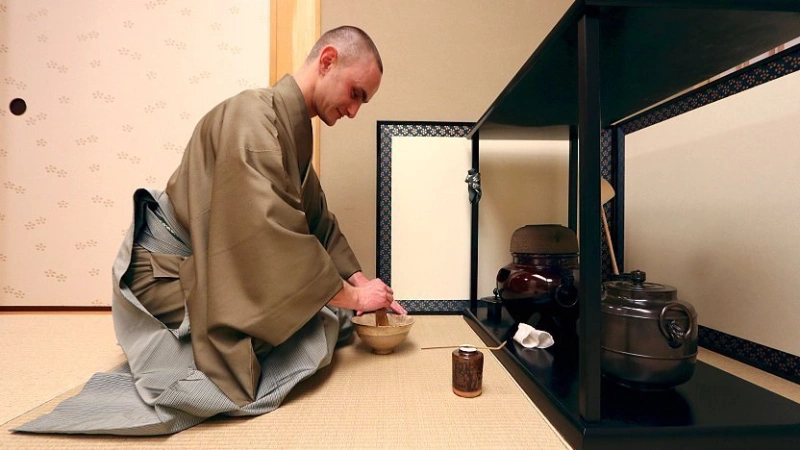
In cultures such as Japan and China, teacups are integral to traditional tea ceremonies, where every aspect of the ritual, from the preparation to the serving, is steeped in symbolism and cultural significance.
Collecting
For enthusiasts and collectors, teacups are prized possessions that reflect diverse styles, periods, and artistic expressions. Collecting teacups allows individuals to appreciate the craftsmanship and cultural heritage of tea wares from around the world.
Gift Giving
Teacups make thoughtful gifts for tea lovers and collectors alike. Whether presenting a beautifully crafted porcelain cup or a hand-painted artisanal mug, giving a teacup is a gesture of appreciation and goodwill.
Home Decor
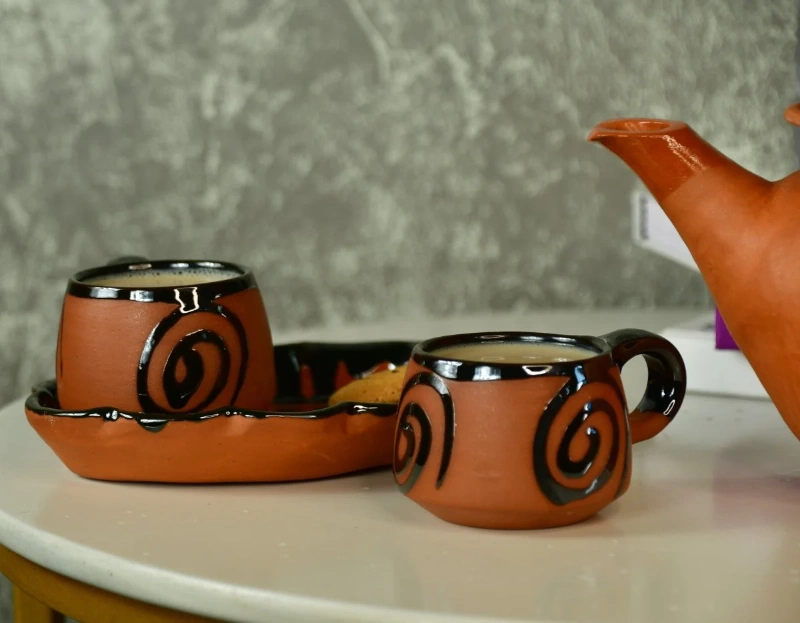
Teacups can also serve as decorative accents in the home, displayed on shelves, cabinets, or even used as planters for small succulents. Their elegant designs and vibrant colors add a touch of sophistication to any interior space.
Conclusion
Teacups embody centuries of cultural traditions, artistic expressions, and craftsmanship, making them much more than mere vessels for holding tea. From their ancient origins in China to their evolution into diverse styles and materials, teacups have played a central role in the global tea-drinking culture.
Whether crafted from delicate porcelain, durable stoneware, or translucent bone china, teacups serve as conduits for the sensory experience of enjoying tea. Their diverse shapes, sizes, and designs cater to individual preferences and rituals, from everyday tea drinking to elaborate tea ceremonies.
As we continue to explore the fascinating world of tea, let us not overlook the humble teacup, whose beauty and functionality enrich the rituals and traditions of tea culture around the globe.


